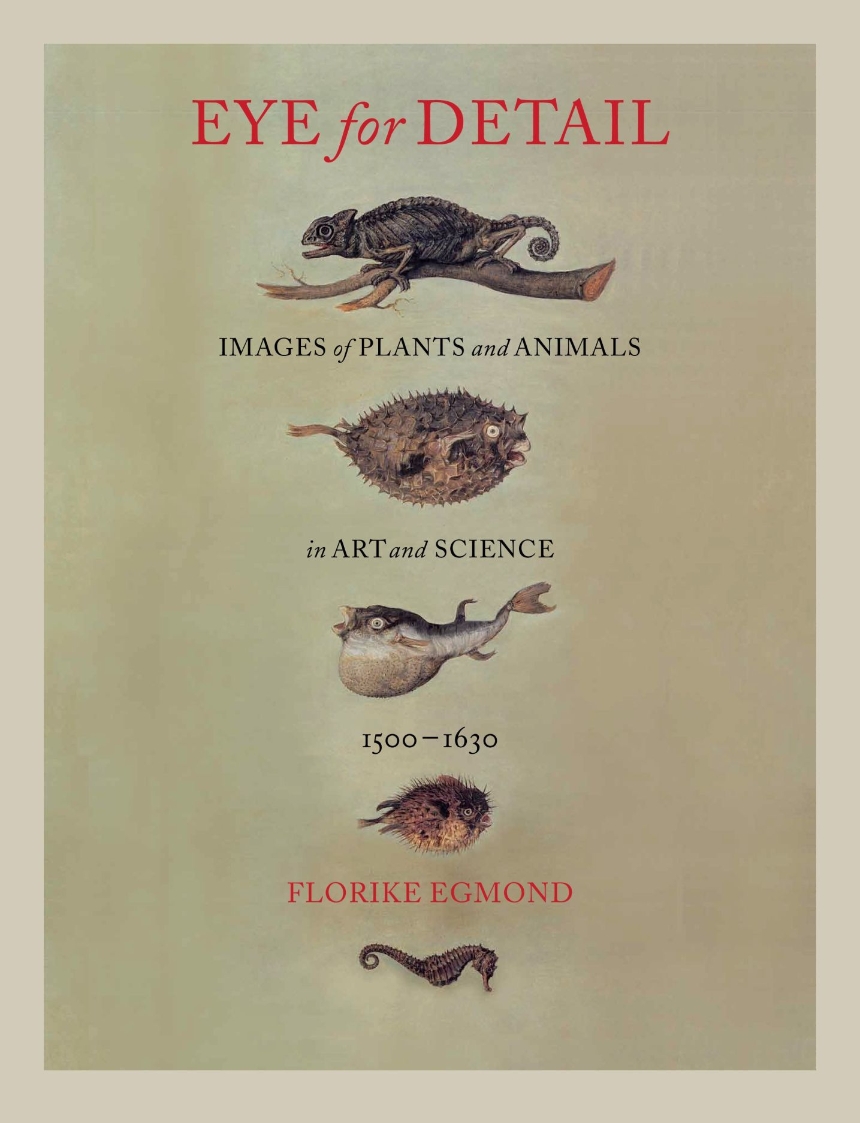9781780236407
Distributed for Reaktion Books
Eye for Detail
Images of Plants and Animals in Art and Science, 1500-1630
Image-transforming techniques such as close-up, time lapse, and layering are generally associated with the age of photography, but as Florike Egmond shows in this book, they were already being used half a millennium ago. Exploring the world of natural history drawings from the Renaissance, Eye for Detail shows how the function of identification led to image manipulation techniques that will look uncannily familiar to the modern viewer.
Egmond shows how the format of images in nature studies changed dramatically during the Renaissance period, as high-definition naturalistic representation became the rule during a robust output of plant and animal drawings. She examines what visual techniques like magnification can tell us about how early modern Europeans studied and ordered living nature, and she focuses on how attention to visual detail was motivated by an overriding question: the secret of the origins of life. Beautifully and precisely illustrated throughout, this volume serves as an arresting guide to the massive European collections of nature drawings and an absorbing study of natural history art of the sixteenth century.
Egmond shows how the format of images in nature studies changed dramatically during the Renaissance period, as high-definition naturalistic representation became the rule during a robust output of plant and animal drawings. She examines what visual techniques like magnification can tell us about how early modern Europeans studied and ordered living nature, and she focuses on how attention to visual detail was motivated by an overriding question: the secret of the origins of life. Beautifully and precisely illustrated throughout, this volume serves as an arresting guide to the massive European collections of nature drawings and an absorbing study of natural history art of the sixteenth century.
Reviews
Table of Contents
Introduction
Part I
Nature Captured
1 Green Fashion: Painted Naturalia in Collections
2 Organizing Nature: Painted Albums as Collections
3 In and Out of Order
Part II
Untrue to Life
4 Persuasive High Definition
5 Rendering for Recognition
6 Zoom: Relevant Detail in the Visual Study of Nature
Part III
Micro before the Microscope
7 Minute Observation
8 Visual Dissection
Conclusion
Biographical Notes
Abbreviations and Appendix
References
Select Bibliography
Acknowledgements
List of Illustrations
Index
Part I
Nature Captured
1 Green Fashion: Painted Naturalia in Collections
2 Organizing Nature: Painted Albums as Collections
3 In and Out of Order
Part II
Untrue to Life
4 Persuasive High Definition
5 Rendering for Recognition
6 Zoom: Relevant Detail in the Visual Study of Nature
Part III
Micro before the Microscope
7 Minute Observation
8 Visual Dissection
Conclusion
Biographical Notes
Abbreviations and Appendix
References
Select Bibliography
Acknowledgements
List of Illustrations
Index

